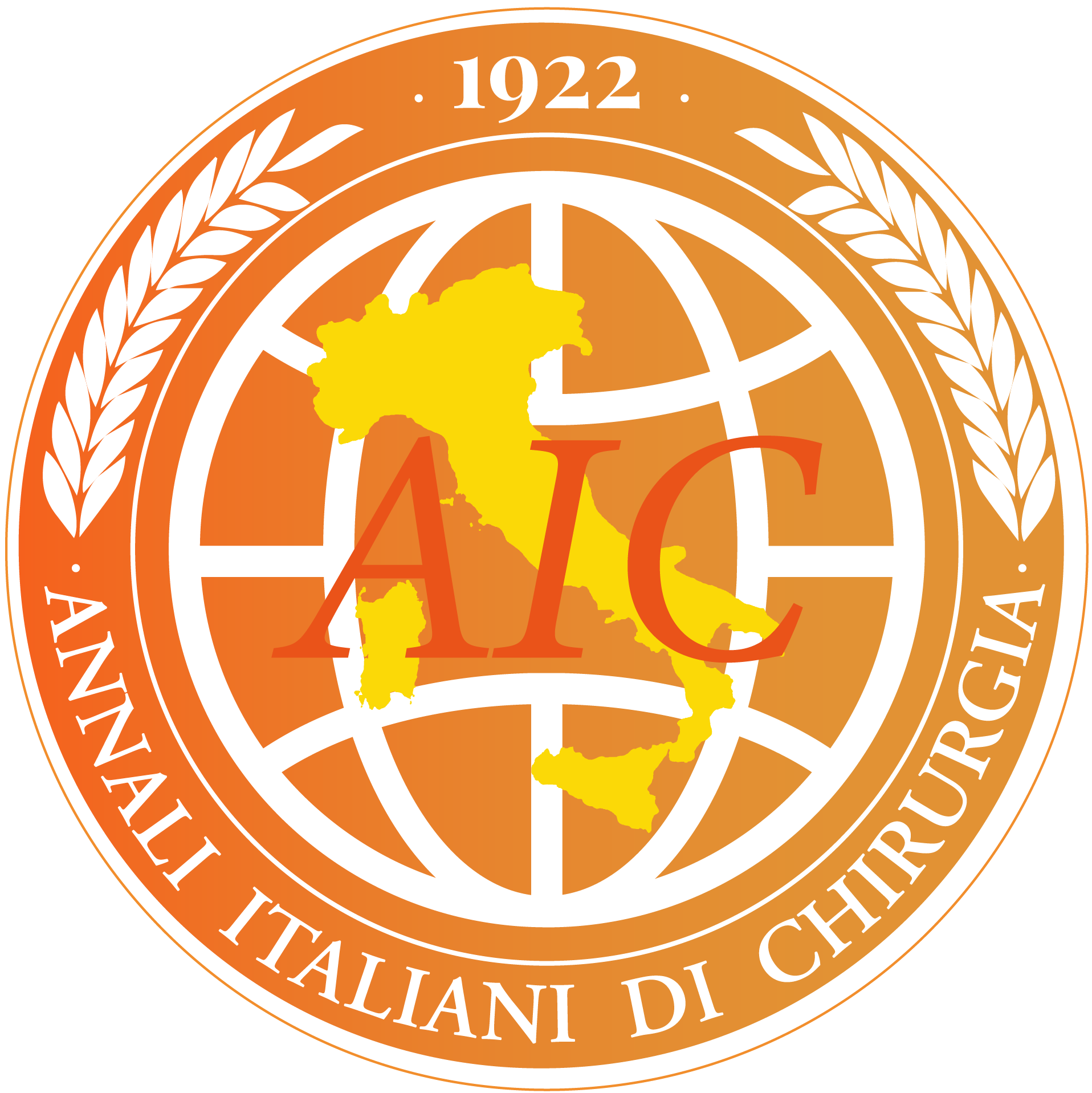1 Sep 2013
ReviewPneumatic dilation and botulinum toxin: when and why?
Rosamaria Bozzi 1Vincenzo Martino 1Antonio Inzirillo 1Eugenio D’Avenia 1Maurizio Inzirillo 1Fabio Cattaneo 1Domenico Cattaneo 1
Affiliations
Article Info
1 UOC Chirurgia ed Endoscopia Digestiva, AORN “Ospedali dei Colli” Monaldi-Cotugno-C.T.O., Napoli
Ann. Ital. Chir., 2013, 84(5), 101290;
Published: 1 Sep 2013
Copyright © 2013 Annali Italiani di Chirurgia
This work is licensed under a Creative Commons Attribution 4.0 International License.
Abstract
The endoscopic treatment options of achalasia include botulinum toxin (BT) injection and pneumatic dilation (PD) of the lower esophageal sphincter (LES). BT can reduce the LES pressure by blocking the release of acetylcoline from presynaptic cholinergic nerve terminals in the myenteric plexus. Although the procedure is safe and good initial response is reported, there is a wide variability in the duration of the response and the effect tends to decrease over time. BT is usually recommended for elderly patients or patients with comorbid illnesses, who are poor candidates for more invasive procedures. PD aims at tearing the muscle fibers of the LES and is considered the most effective nonsurgical treatment for achalasia. Technical details of the procedure vary in different institutions and in many clinical settings the choice between PD or minimally invasive surgical myotomy depends upon local expertise in the procedures. Further endoscopic treatment options such as submucosal esophageal myotomy or self-expanding metallic stents are being studied.
Keywords
- Achalasia
- Botulinum toxin
- Pneumatic dilatation
article-detail-mobile

